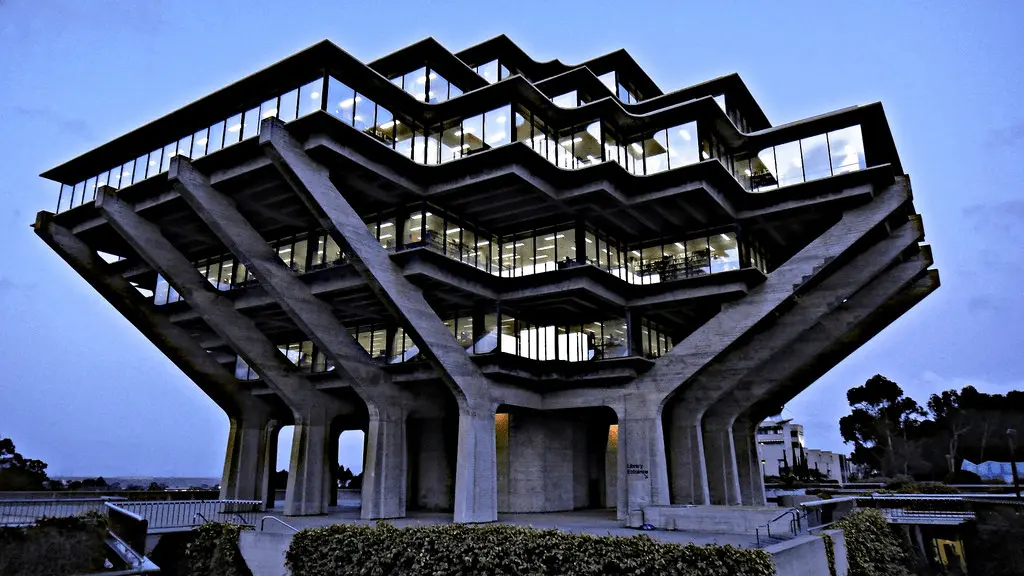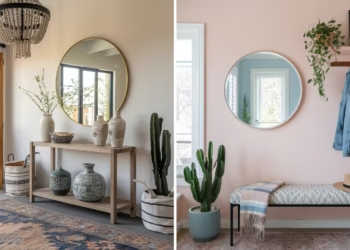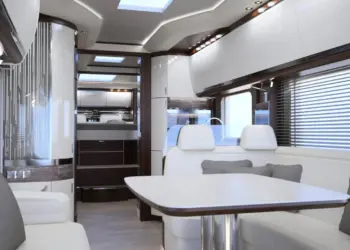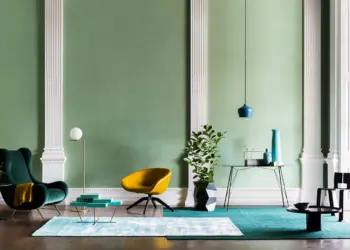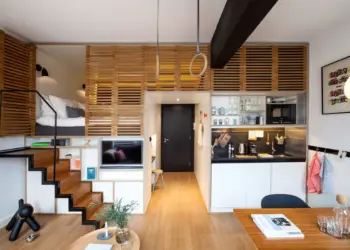Brutalist architecture, characterized by its robust use of raw concrete, geometric forms, and functional design, has left an indelible mark on the global architectural landscape. From its origins and defining features to its modern-day interpretations, this distinctive style continues to evoke both admiration and controversy. Exploring the impact of Brutalism on urban development, interior design, and sustainable practices unveils its multifaceted influence on contemporary society.
Table of Contents
Introduction to Brutalist Architecture
Brutalist architecture, renowned for its uncompromising use of exposed concrete, originated in the mid-20th century as a response to the post-war era’s need for practical, cost-effective, and monumental structures. Defined by its raw and unadorned aesthetic, Brutalism embodies a distinct departure from traditional architectural norms, emphasizing functionality and industrial elements over ornamental embellishments.
Understanding the Origins and Characteristics
The term “Brutalism” stems from the French phrase “beton brut,” translating to “raw concrete,” reflecting the movement’s emphasis on showcasing the material’s innate qualities. The architectural style gained prominence in the 1950s and 1960s, with architects embracing its bold and assertive design principles to create visually striking and imposing structures that exude strength and stability.
Significance in Modern Architecture
Brutalism’s emergence signified a shift towards a more utilitarian approach to design, emphasizing the importance of functionality and social purpose in architectural endeavors. The movement’s emphasis on creating public and institutional buildings with a strong visual presence revolutionized the architectural landscape, leaving an enduring legacy that continues to inspire contemporary design philosophies and construction practices.

Key Features of Brutalist Architecture
At the heart of Brutalist architecture lies a set of defining features that distinguish it from other design movements. The emphasis on raw concrete aesthetics serves as the cornerstone of this style, providing structures with a distinctive, monolithic appearance that captures attention and sparks dialogue.
Emphasis on Raw Concrete Aesthetics
Brutalist buildings often showcase the natural texture and grain of concrete, highlighting the material’s inherent strength and durability. The deliberate choice to leave surfaces unadorned and unembellished creates a striking visual impact that resonates with the principles of honesty and authenticity, forging a direct and unapologetic relationship between the structure and its surroundings.
Bold Geometric Forms and Shapes
Geometry plays a crucial role in the design language of Brutalist architecture, with architects utilizing sharp angles, angular shapes, and massive, block-like forms to create visually arresting compositions. These geometric elements contribute to the overall sense of monumentality and solidity, projecting an aura of power and permanence that defines the Brutalist aesthetic.
Integration of Functional Design Elements
Functionality takes precedence in Brutalist structures, with architects prioritizing practicality and purpose over embellishment and ornamentation. The incorporation of essential design elements, such as ample natural lighting, open spaces, and straightforward layouts, fosters a sense of utility and accessibility, catering to the needs of the inhabitants and visitors while preserving the architectural integrity of the building.

Notable Examples of Brutalist Structures
Brutalist architecture has produced several iconic structures that have left an indelible mark on the global architectural landscape. From monumental government buildings to innovative cultural centers, these structures stand as testaments to the enduring influence of Brutalism on the evolution of modern design and construction.
Exploring Iconic Buildings Around the World
- Trellick Tower, London, UK: Designed by architect Ernő Goldfinger in the late 1960s, the Trellick Tower stands as a prominent example of Brutalist residential architecture, featuring a distinctive silhouette characterized by its imposing profile and strong vertical lines.
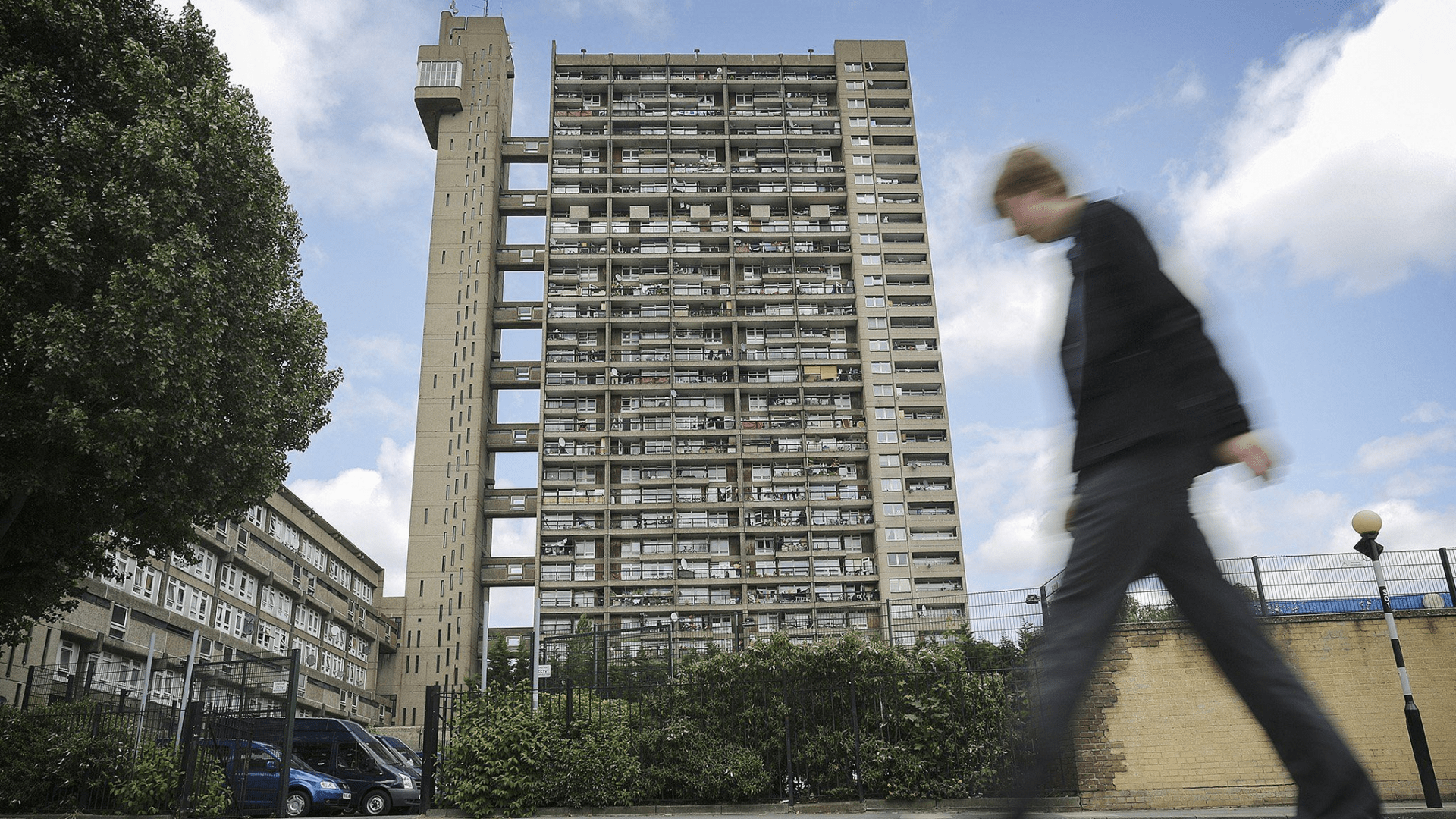
- Boston City Hall, Massachusetts, USA: Created by architects Kallmann, McKinnell, and Knowles, the Boston City Hall exemplifies the Brutalist style with its striking concrete facade, expansive open spaces, and innovative structural design, embodying the movement’s emphasis on creating functional public spaces that foster civic engagement and interaction.
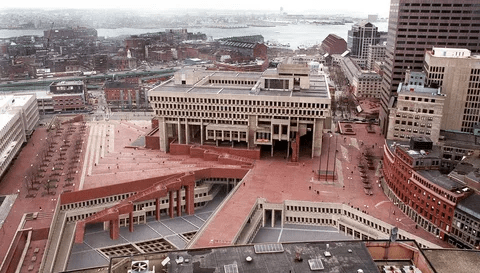
- The National Theatre, London, UK: Renowned architect Sir Denys Lasdun designed the National Theatre, infusing the Brutalist aesthetic with a sense of dynamism and fluidity, characterized by its sweeping, curvilinear forms and expressive use of raw concrete, illustrating the movement’s capacity for creating cultural landmarks that redefine the boundaries of architectural expression.
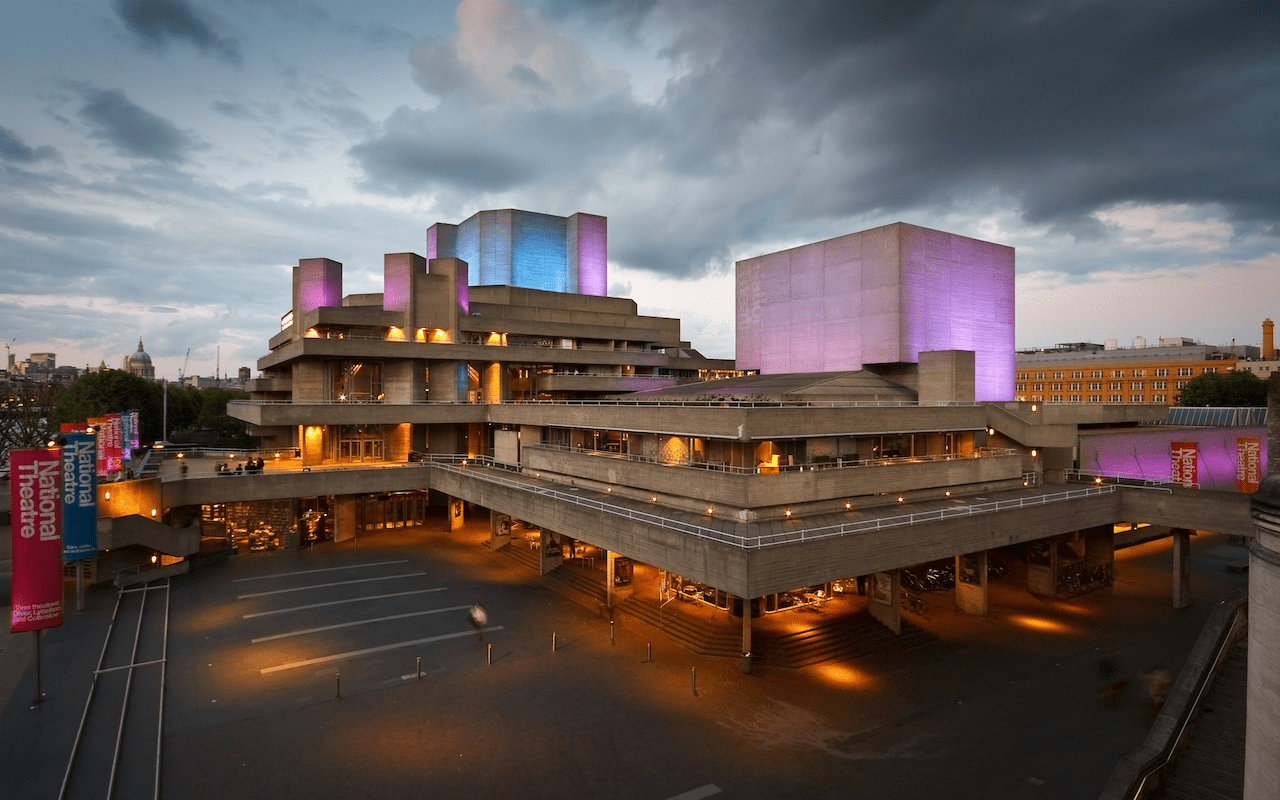
Highlighting the Impact of Brutalist Design
The enduring legacy of Brutalist architecture lies not only in the physical manifestation of its structures but also in the profound influence it has exerted on subsequent generations of architects and designers, inspiring new forms of creative expression and innovative design solutions that continue to shape the contemporary built environment.
Appreciating the Aesthetic Controversy of Brutalism
While Brutalist architecture has garnered both admiration and criticism over the years, its polarizing nature underscores the profound impact it has had on the realm of modern design. The stark, unembellished surfaces and imposing scale of Brutalist structures evoke contrasting emotions, prompting spirited debates about the role of architecture in shaping the socio-cultural fabric of our cities and communities.
Revitalizing Brutalist Heritage in Contemporary Design
Contemporary architects and designers continue to draw inspiration from the ethos of Brutalism, reinterpreting its principles to create innovative, sustainable, and contextually sensitive structures that resonate with contemporary sensibilities. By embracing the raw materiality, honest expression, and functional integrity synonymous with Brutalism, these visionary professionals are redefining the boundaries of architectural creativity and pushing the envelope of design innovation in the 21st century.
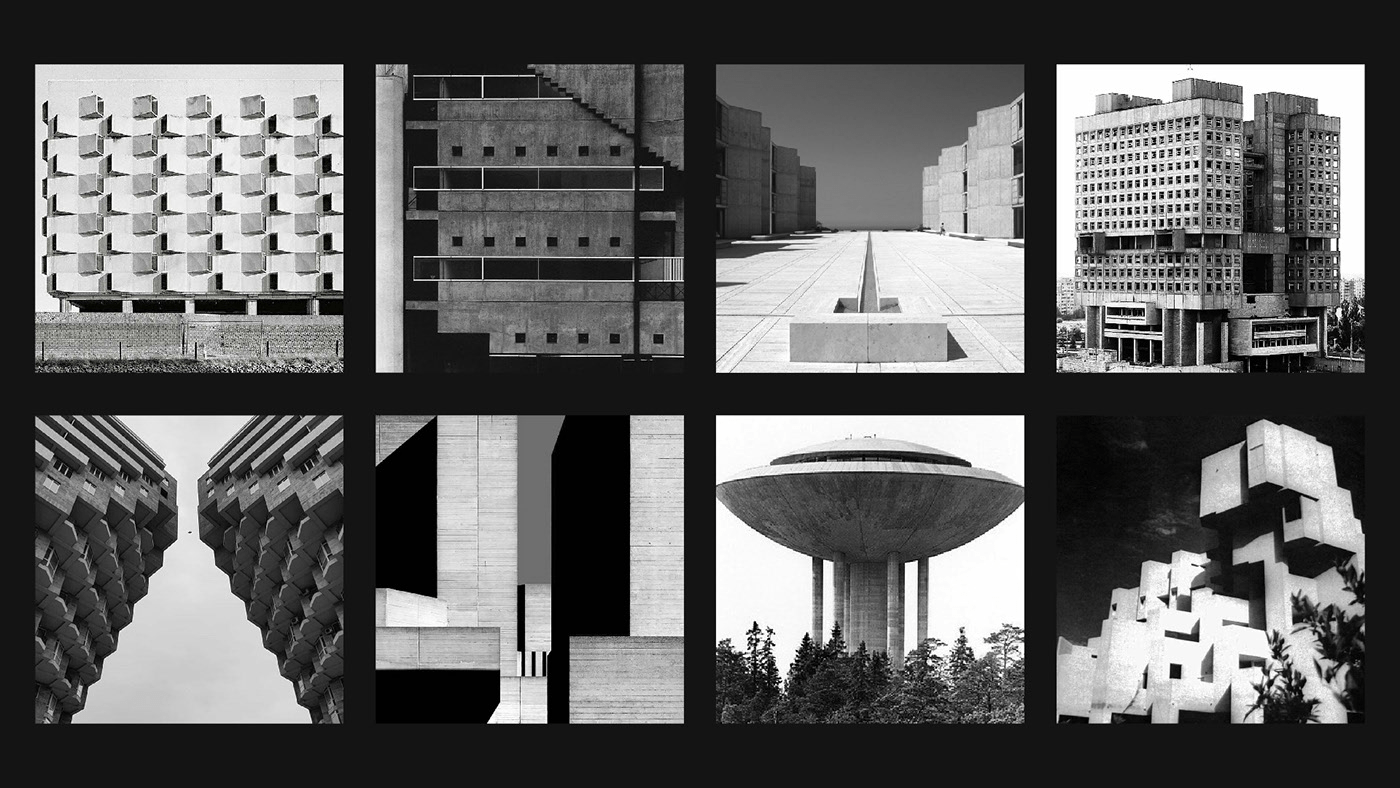
Embracing the Essence of Brutalism in Modern Living Spaces
As the influence of Brutalism extends into the realm of interior design and home decor, enthusiasts have begun incorporating elements inspired by this architectural style to infuse living spaces with a sense of robustness and character. The integration of exposed concrete finishes, minimalist furnishings, and industrial accents reflects a growing appreciation for the rugged beauty and uncompromising authenticity that define the Brutalist aesthetic.
Incorporating Brutalist Elements in Interior Design
- Raw Concrete Finishes: Embrace the distinctive allure of raw concrete by incorporating exposed concrete walls, floors, or countertops that serve as striking focal points, imbuing your interiors with a sense of urban sophistication and contemporary elegance.
- Minimalist Furnishings: Opt for sleek, minimalist furniture pieces characterized by clean lines, geometric shapes, and a monochromatic color palette, fostering an atmosphere of simplicity and refinement that complements the rugged aesthetic of Brutalist design.
- Industrial Accents: Integrate industrial-inspired lighting fixtures, metal finishes, and utilitarian accessories to add an element of edgy sophistication to your living spaces, creating a harmonious balance between raw, unrefined textures and refined, modern sensibilities.
Celebrating the Timeless Resilience of Brutalism
Brutalist architecture continues to captivate the imagination of design enthusiasts and cultural connoisseurs worldwide, serving as a testament to the enduring power of architectural expression and thse profound impact of design on the human experience. By embracing the inherent contradictions and complexities of this influential design movement, we can cultivate a deeper appreciation for the remarkable ingenuity and creative vision that have shaped the architectural narrative of the 20th century and beyond.
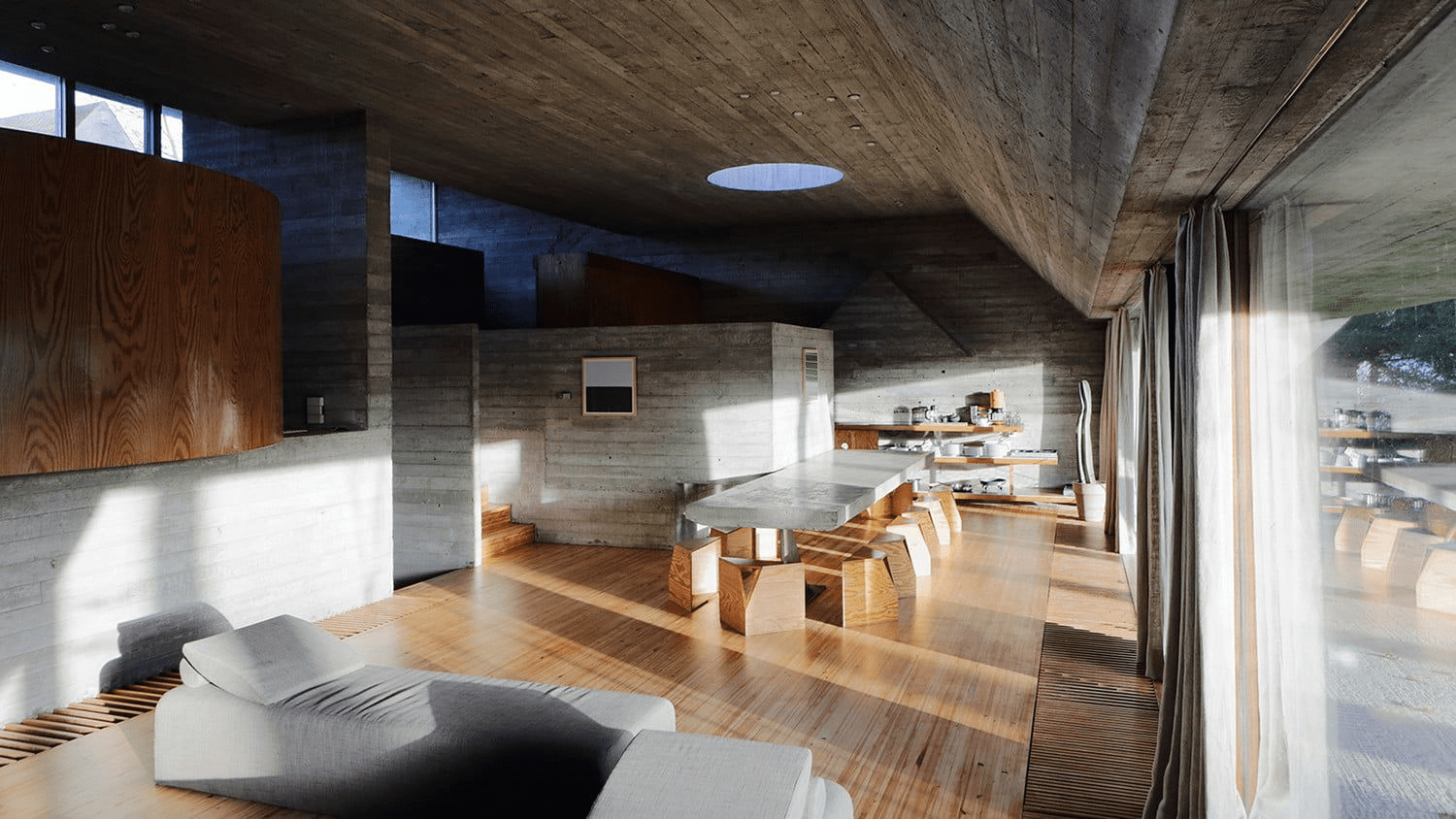
FAQs
What is the concept of brutalist architecture?
The concept of brutalist architecture emphasizes raw, unrefined materials, and a focus on functionality and structure.
Why is it called Brutalism?
It is called Brutalism due to the use of “béton brut,” French for raw concrete, which is a prominent feature in such architectural designs.
What is the ideology of brutalism?
The ideology of Brutalism emphasizes functionality over aesthetics, with a focus on honest and raw expressions of materials and structure.
Why do architects love Brutalism?
Architects appreciate Brutalism for its bold, honest, and utilitarian approach, showcasing the beauty of raw materials and structural elements.
Why was Brutalism hated?
Brutalism was often criticized for its imposing and austere appearance, as well as its association with urban decay and social housing problems.
Is Brutalism good or bad?
The perception of Brutalism as good or bad varies, as it evokes strong reactions from different individuals, some appreciating its authenticity and others finding it oppressive.
Why is brutalism scary?
Brutalism can be perceived as scary due to its massive, fortress-like structures and the intense use of raw concrete, creating a stark and imposing environment.
What is the opposite of brutalism?
The opposite of Brutalism is often considered to be the lightness and openness of architectural styles such as modernism or postmodernism.
What is good about brutalism?
Some commend Brutalism for its honesty in material expression and its focus on functionality and structural integrity.
Is Brutalist architecture primarily associated with public buildings?
While Brutalist architecture initially gained prominence in the construction of public structures, its influence has extended to various domains, including residential, commercial, and cultural projects.
Does Brutalist design prioritize functionality over aesthetics?
Brutalist design emphasizes the harmonious integration of functionality and aesthetics, often leveraging the raw, unadorned beauty of concrete to create visually compelling structures that cater to practical needs.
Is there a global network dedicated to preserving Brutalist heritage?
Several organizations and architectural societies worldwide are actively engaged in the preservation and conservation of Brutalist landmarks, advocating for the recognition of these structures as vital components of our architectural legacy.
How has Brutalism inspired contemporary interior design trends?
Contemporary interior design trends often draw inspiration from the robust materiality and minimalist ethos of Brutalist architecture, incorporating elements such as exposed concrete, geometric furnishings, and industrial accents to create sleek, modern living spaces with a distinct urban edge.
What are some notable Brutalist structures that have been repurposed for contemporary use?
Several iconic Brutalist buildings have undergone adaptive reuse and renovation to accommodate modern functions, with former industrial complexes, cultural institutions, and government facilities being transformed into vibrant, multifunctional spaces that reflect the evolving needs of society.
